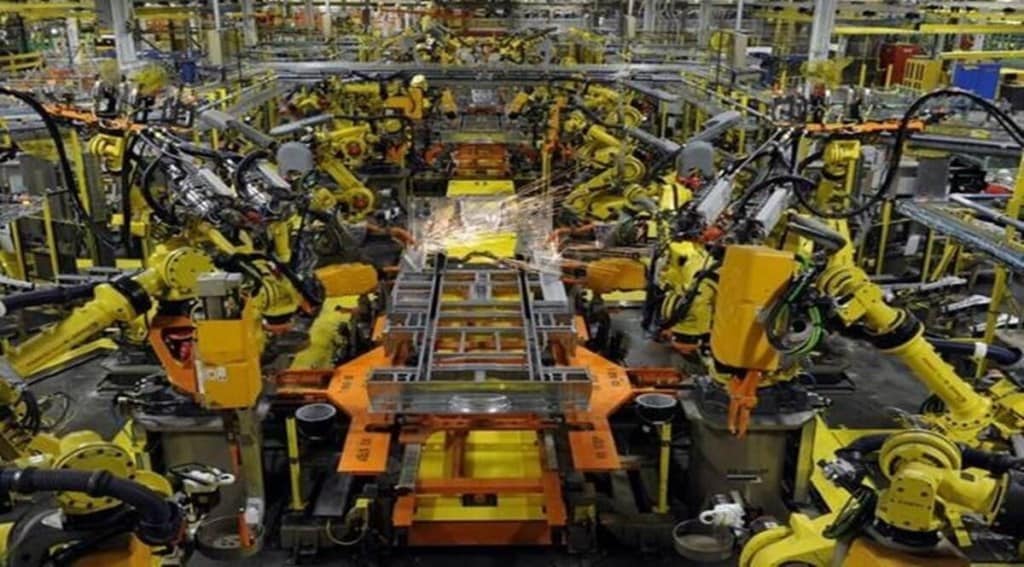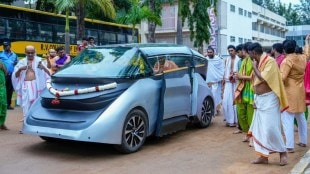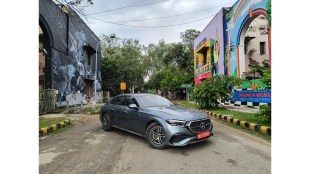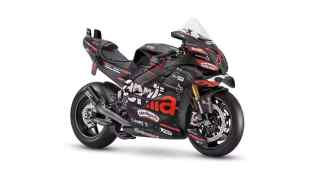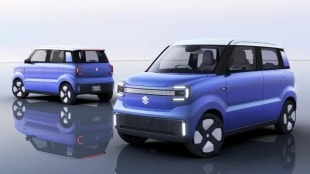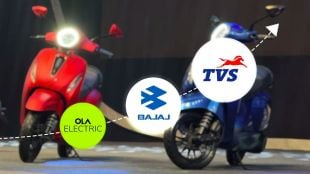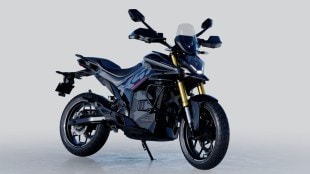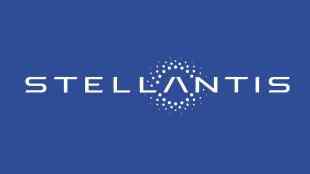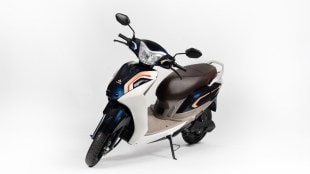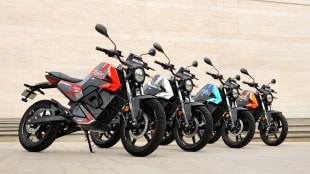Upbeat about the production-linked incentive (PLI) scheme, industry body Automotive Component Manufacturers Association of India (ACMA) has said that it will encourage the auto component sector to invest in future technologies and create more employment opportunities.
“I think the PLI scheme is a great initiative by the government of India and very encouraging for the auto component sector to invest in future technologies. It goes hand-in-hand with FAME India II scheme. The PLI scheme has come out in batteries, in automotive as well as auto component.
“The whole concept of these schemes is phenomenal in terms of the encouragement to look at future technologies in India from an export perspective as well as deep localisation perspective,” Sunjay J Kapur, president, ACMA, told FE.
“What we saw during the pandemic was a great opportunity for the China Plus One strategy. We also saw a great opportunity in terms of reducing our dependence on imports and therefore, localisation becomes extremely important. When you look at the PLI scheme from an investment perspective and value terms, the minimum investment of `250 crore and 75 companies have been approved, that is looking at about Rs 18,700 or Rs 19,000 crore. That will go hand-in-hand with the fact that we will increase employment as well,” he added.
According to ACMA, 92 auto component manufacturers had applied for the PLI scheme. Also, 47 of the 75 companies selected under Component Champion Incentive scheme are members of the industry body.
Among the OEMs chosen under the PLI scheme are Tata Motors, Hyundai Motor India, Mahindra & Mahindra, Kia India, Ford India, Suzuki Motor Gujarat, Bajaj Auto, Hero MotoCorp, TVS Motor Company and Ola Electric. The list of auto component manufacturers includes Bharat Forge, Bosch, Cummins Technologies India, Delphi-TVS Technologies, Minda Industries, Motherson Sumi Systems, Schaeffler India, Tata Cummins, Toyota Kirloskar Auto Parts and Hero Cycles.
The proposed incentives for the sale of advanced automotive technology products, both vehicles and components, range from 13% to 18% of determined (incremental) sales value for OEMs and 8% to 13% for auto component manufacturers.
On the challenge posed by the Russia-Ukraine war on the auto component industry, Kapur observed that if it continues there will be supply shortages, especially in the semiconductor industry.
Also Read: Volkswagen Virtus production begins in India: Launch soon
“However, at this point in time, I can’t say how long the conflict will last and I don’t know what the geo-political fallout post the conflict will be,” he said.
Kapur noted that when the level of vehicle production has gone down due to semiconductor shortage, the level of supply from auto component manufacturers to OEMs has gone down too.
Owing to the semiconductor shortage, the production of passenger vehicles had declined 3.01% in February, 13.17% in December, 9.52% in November, 24.61% in October and 37.46% in September, on a year-on-year basis. In January, there was some improvement with the production being 2.14% higher year-on-year.
